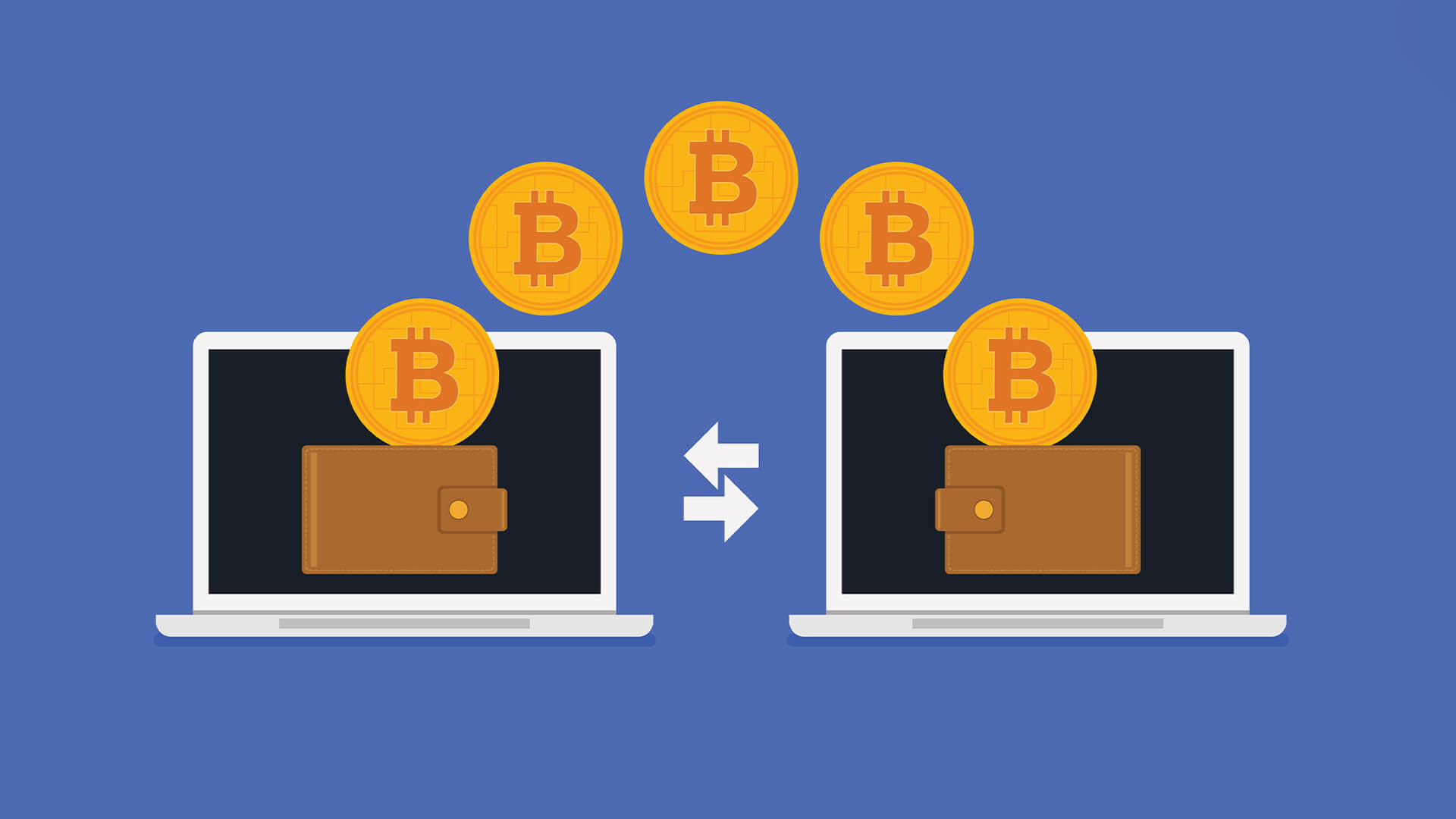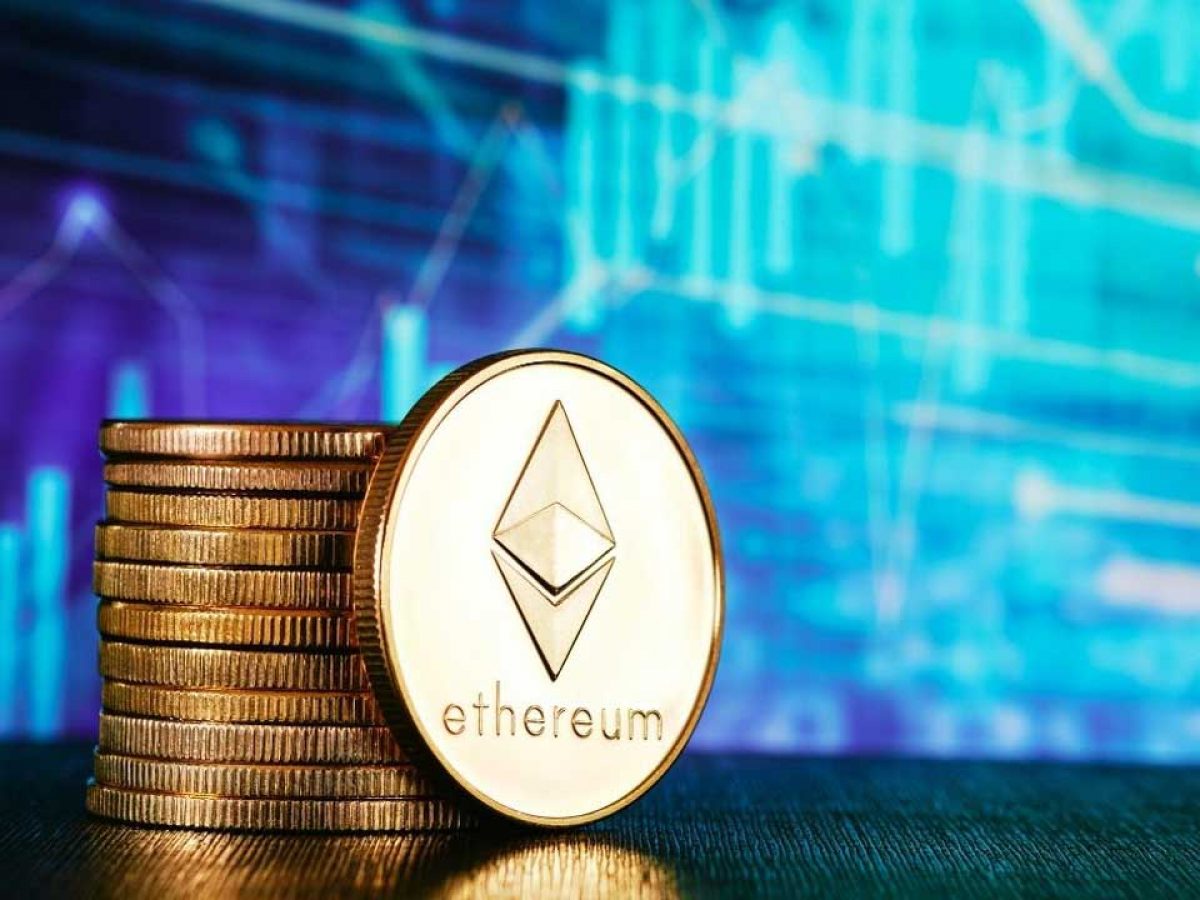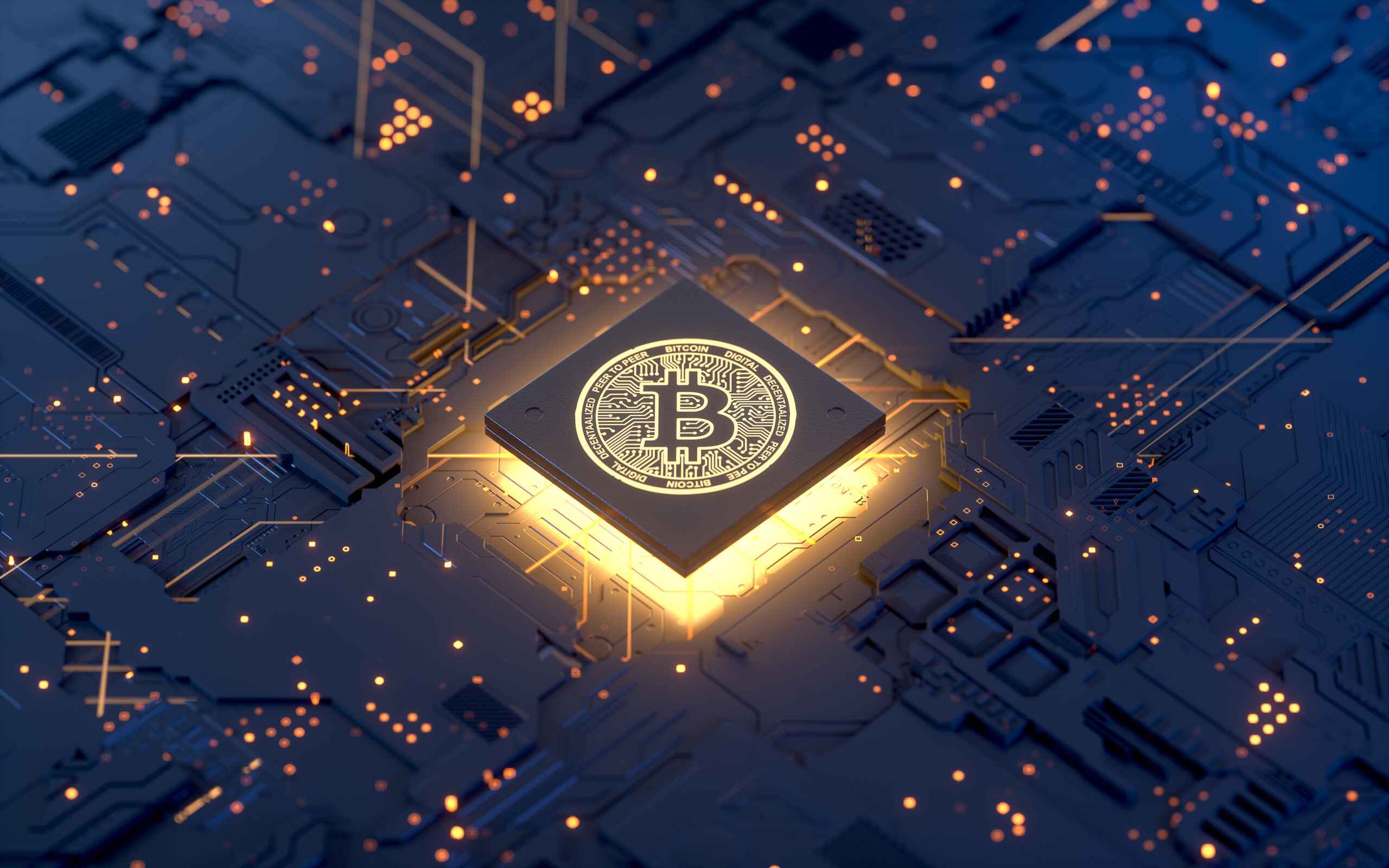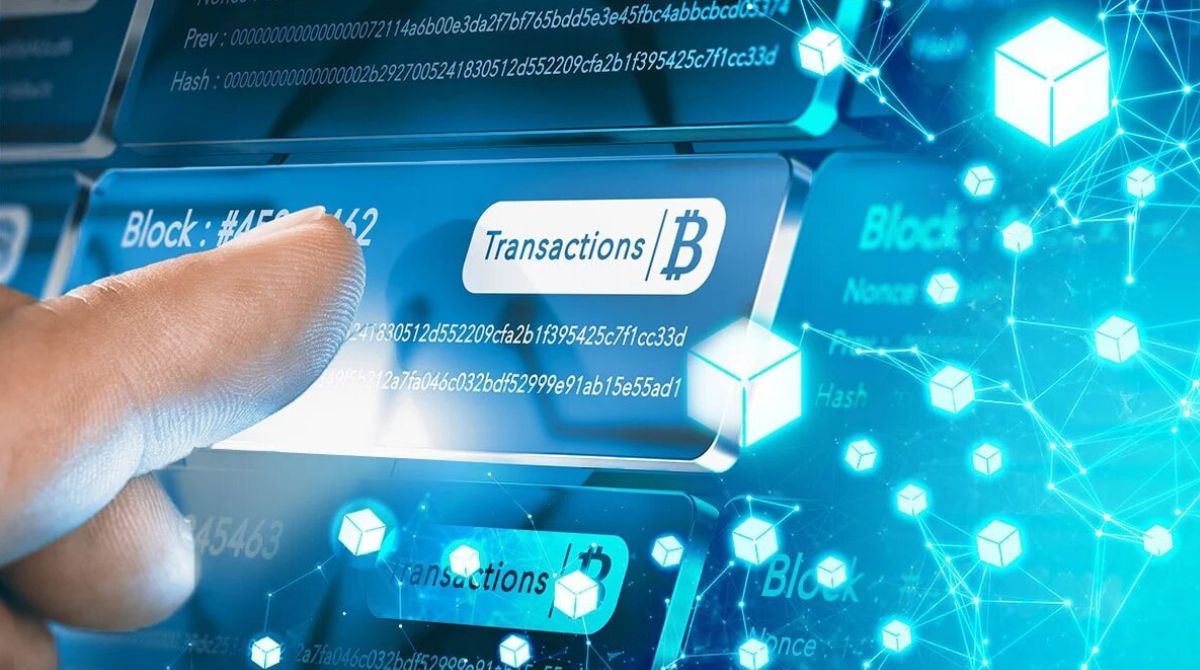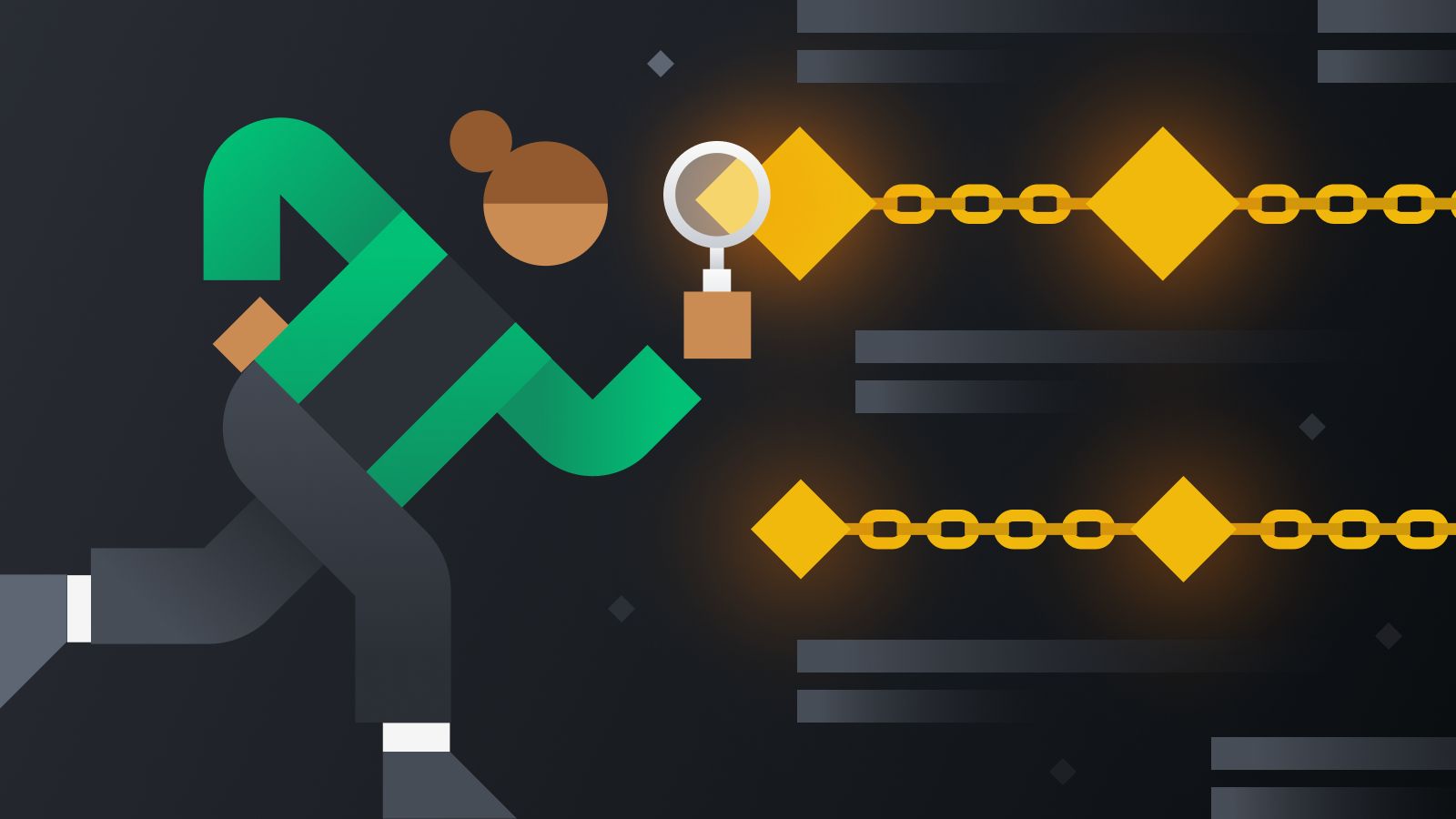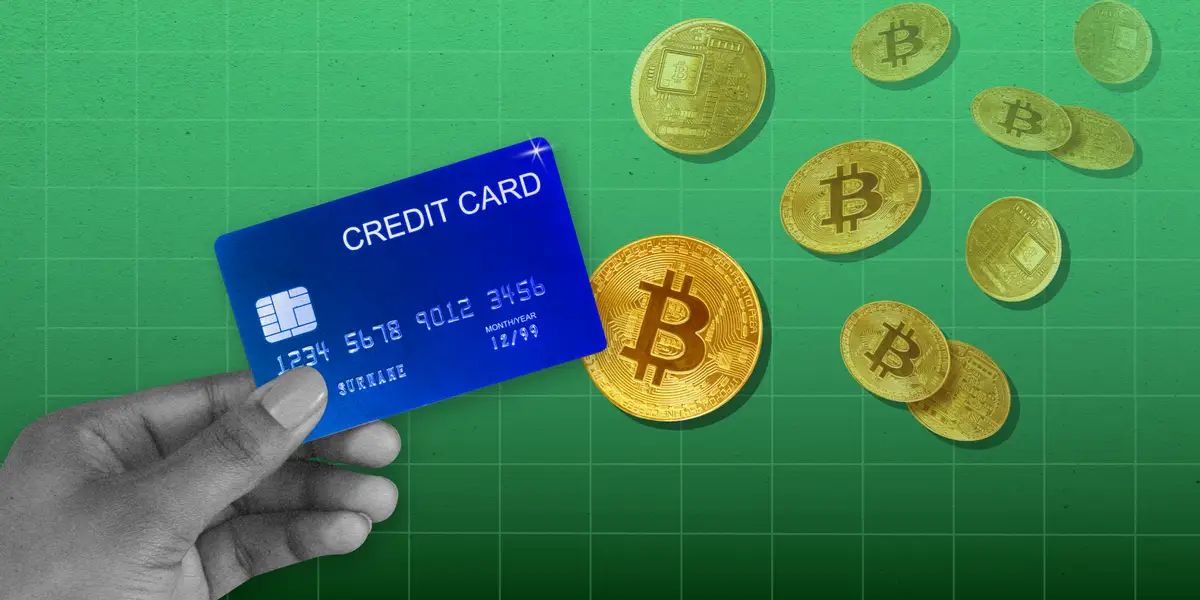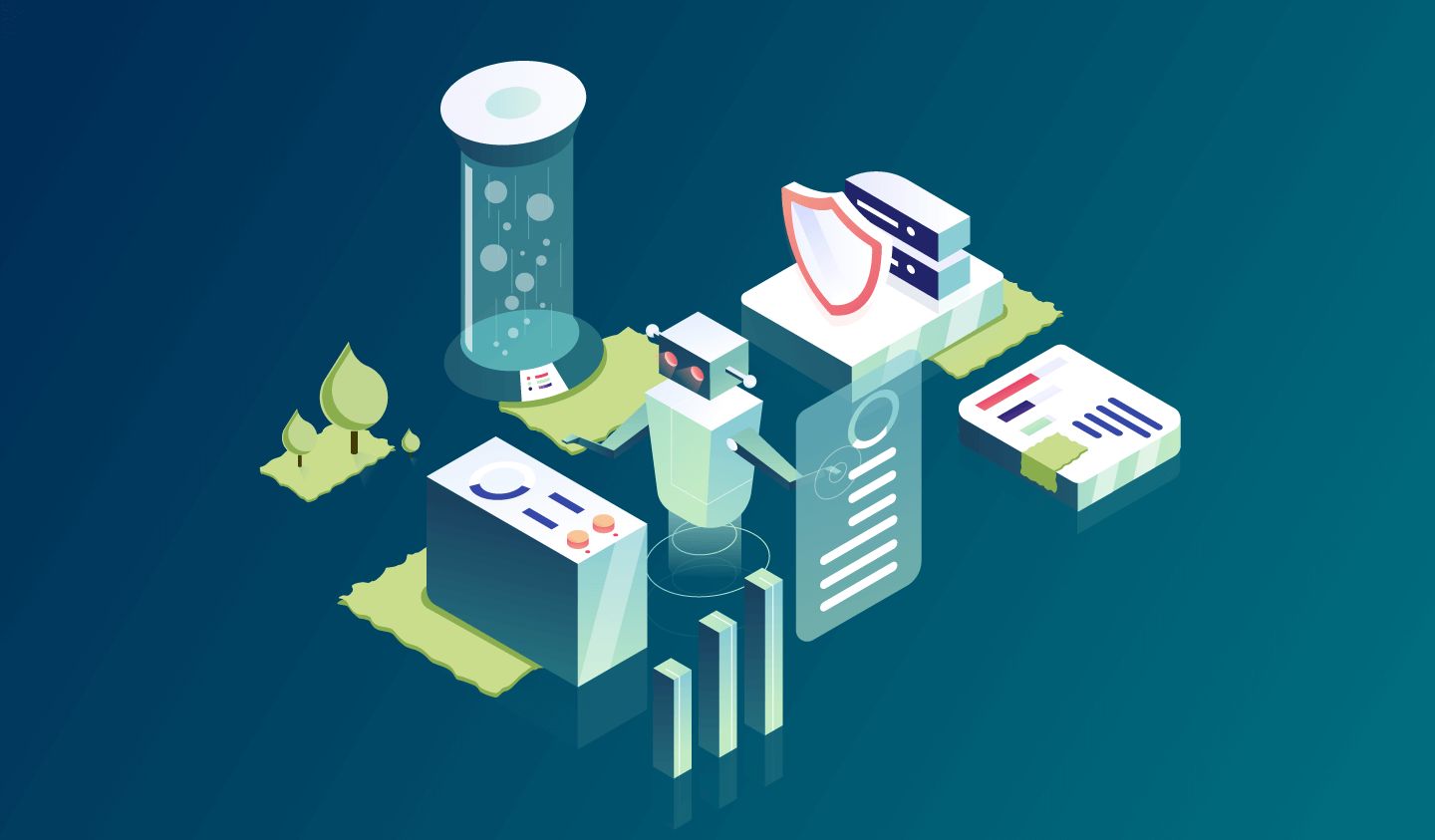Introduction
Welcome to the world of blockchain transactions! In this digital era, where decentralized systems are gaining prominence, blockchain technology has emerged as a game-changer. It has revolutionized the way we conduct transactions, making them more secure, transparent, and efficient.
But what exactly is a blockchain transaction? How does it work? And how can you confirm the status of a transaction on the blockchain? These are some of the questions that we will explore in this article.
At its core, a blockchain transaction is a record of information being added to a blockchain. A blockchain is a distributed ledger that stores a series of transactions in chronological order. Each transaction is grouped into a block and linked to the previous block, forming a chain of blocks – hence the name blockchain.
Blockchain transactions can involve various types of digital assets, such as cryptocurrencies or smart contracts. These transactions are immutable, meaning once they are recorded on the blockchain, they cannot be altered or tampered with.
Now, let’s dive deeper into how a blockchain transaction works. When a transaction is initiated, it needs to be verified and confirmed by participants in the blockchain network. This process, known as consensus, ensures that all participants agree on the validity of the transaction and prevents double-spending.
Once a transaction is confirmed, it becomes a permanent part of the blockchain. From that point on, it can be viewed by anyone with access to the blockchain, providing transparency and accountability.
Stay with us as we explore the factors that can affect the confirmation time of a blockchain transaction, as well as methods to check the confirmation status and speed up pending transactions. We will also provide some tips to ensure smooth and hassle-free blockchain transaction confirmations.
What is a Blockchain Transaction?
A blockchain transaction is a fundamental building block of the blockchain technology. It refers to the transfer of digital assets or information between participants on a blockchain network.
Unlike traditional transactions that rely on intermediaries like banks or payment processors, blockchain transactions are decentralized. They are validated and recorded by a network of computers, known as nodes, rather than a central authority. This decentralized nature ensures transparency, security, and eliminates the need for trust in third parties.
Blockchain transactions can involve various types of digital assets, but the most well-known is cryptocurrency. When you send or receive cryptocurrency, you are essentially initiating a blockchain transaction. These transactions are recorded on the blockchain and can be viewed by anyone on the network.
Each blockchain transaction has specific components:
- Sender: The sender is the person or entity initiating the transaction. They provide the necessary information, including the recipient’s address and the amount being transferred.
- Recipient: The recipient is the intended beneficiary of the transaction. They provide their unique address on the blockchain to receive the digital assets.
- Amount: The amount refers to the quantity of the digital asset being transferred. This could be a specific amount of cryptocurrency or a digital certificate of ownership.
- Transaction ID: Each transaction is assigned a unique identifier called a transaction ID. This ID helps to track and verify the transaction on the blockchain.
- Transaction Fee: In some blockchain networks, a fee may be required to process the transaction. This fee is typically paid to the network validators or miners who confirm and include the transaction in a block.
- Timestamp: The timestamp indicates the exact time when the transaction was initiated.
Once a transaction is initiated, it goes through a series of steps to ensure its validity and inclusion on the blockchain. These steps may vary depending on the blockchain network and consensus mechanism used.
In the next section, we will explore the inner workings of a blockchain transaction and how it is processed to achieve consensus and confirmation.
How Does a Blockchain Transaction Work?
Understanding how a blockchain transaction works is key to comprehending the underlying technology. When you initiate a blockchain transaction, it goes through a series of steps to ensure its validity and inclusion on the blockchain.
1. Initiation: The transaction begins when the sender creates a transaction request. This request includes important details such as the recipient’s address, the amount being transferred, and any required transaction fees. The sender’s digital signature is also included to authenticate the transaction.
2. Verification: The transaction request is then broadcasted to the blockchain network, where it is received by multiple nodes or participants. These nodes perform various verification checks to ensure the transaction is valid and complete.
3. Consensus: For the transaction to be confirmed and added to the blockchain, the network participants need to reach a consensus. This is achieved through a consensus mechanism, which can vary depending on the blockchain network. The most commonly used consensus mechanisms are Proof of Work (PoW) and Proof of Stake (PoS).
In a PoW consensus mechanism (as used by Bitcoin), network participants, known as miners, compete to solve a complex mathematical puzzle. The first miner to solve the puzzle is rewarded and gets the authority to add the block of transactions, including the initiated transaction, to the blockchain.
In a PoS consensus mechanism (as used by Ethereum), the authority to validate and add blocks to the blockchain is based on the participants’ stake or holding of the cryptocurrency. The more cryptocurrency an individual holds, the higher their chances of being selected to validate transactions.
4. Confirmation: Once the consensus is reached and the transaction is included in a block, it is considered confirmed. The confirmation time can vary depending on factors such as the blockchain network’s protocol, transaction fees paid, and network congestion. In some cases, multiple confirmations may be required to ensure the transaction’s finality.
5. Record on the Blockchain: The confirmed transaction is then permanently recorded on the blockchain. It becomes a part of the ledger and can be viewed by anyone on the network. The transaction’s details, including sender, recipient, amount, and timestamp, are stored securely and cannot be altered.
It’s important to note that blockchain transactions are transparent but pseudonymous. While the transaction details are visible, the identities of the participants are usually represented by their unique addresses rather than personal information.
In the next section, we will explore the factors that can affect the confirmation time of a blockchain transaction.
Factors Affecting Confirmation Time
The confirmation time of a blockchain transaction can vary depending on several factors. Understanding these factors is essential for managing expectations and optimizing the efficiency of your transactions.
1. Blockchain Network: Different blockchain networks have varying characteristics that can influence confirmation times. For example, Bitcoin transactions typically take longer to confirm compared to Ethereum transactions due to the differences in their consensus mechanisms.
2. Transaction Fee: Including a higher transaction fee incentivizes miners or validators to prioritize your transaction. The higher the fee, the more likely your transaction will be included in the next block, resulting in faster confirmation.
3. Network Congestion: During times of high activity or increased demand on the blockchain network, congestion can occur. This congestion can lead to delays in transaction confirmations as miners or validators have a backlog of transactions to process.
4. Blockchain Scalability: Some blockchain networks have limitations in their scalability, meaning they can only handle a certain number of transactions per second. As more transactions compete for limited block space, confirmation times can be prolonged.
5. Confirmation Threshold: Different networks and applications may have different confirmation requirements. For some, a single confirmation may be sufficient, while others may require multiple confirmations for added security and certainty.
6. Transaction Complexity: Complex transactions, such as those involving smart contracts or multiple inputs and outputs, can take longer to confirm compared to simple transactions.
7. Miner/Validator Policies: Each miner or validator in the blockchain network may have their own policies regarding the transactions they choose to include in the blocks they mine. Some may prioritize certain types of transactions or set minimum fee thresholds.
It is important to note that while you can influence some factors, such as the transaction fee, others are beyond your control. However, there are strategies you can employ to optimize the confirmation time of your transactions, which we will discuss in the next section.
By understanding these factors, you can have a better understanding of why a transaction may take longer to confirm and adjust your expectations accordingly.
How to Check the Confirmation Status of a Blockchain Transaction
Once you initiate a blockchain transaction, you may be curious to know its confirmation status. Checking the confirmation status helps you track the progress and ensure the successful completion of your transaction.
The process of checking the confirmation status varies depending on the blockchain network and the wallet or platform you are using. However, here are some common methods to check the confirmation status of a blockchain transaction:
- Transaction ID Lookup: Each blockchain transaction is assigned a unique identifier called a transaction ID or hash. Using this transaction ID, you can search for your transaction on a blockchain explorer, which is a web service that allows you to view transaction details. Simply enter your transaction ID and the explorer will provide information such as the number of confirmations and the block in which the transaction is included.
- Wallet or Platform Notifications: Many wallets and cryptocurrency platforms provide notifications for transaction confirmations. You may receive an email, push notification, or an in-app alert when your transaction is confirmed. Make sure you have enabled these notifications in your wallet or platform settings.
- Blockchain Network Status: Some blockchain networks have dedicated websites or services that display real-time statistics and confirmations. These websites provide an overview of the current network status, including the number of unconfirmed transactions and the average confirmation time. Monitoring these statistics can give you an idea of the general confirmation situation on the network.
- Third-Party Tools: There are various third-party tools and services available that allow you to track and monitor your blockchain transactions. These tools often provide additional features such as visualizations, graphs, and detailed transaction histories. Research and choose reputable tools that are compatible with the blockchain network you are using.
When checking the confirmation status, it is important to consider the number of confirmations your transaction has received. While a single confirmation may be sufficient for some transactions, others may require multiple confirmations to ensure the transaction’s finality and security.
Remember, the confirmation time can vary depending on factors such as network congestion and transaction fees. If your transaction has been pending for an extended period, you may need to take additional steps to speed up the confirmation or troubleshoot any potential issues, which we will discuss in the next section.
Now that you know how to check the confirmation status of a blockchain transaction, let’s explore some methods to speed up or confirm a pending transaction in the following section.
Methods to Speed Up or Confirm a Pending Transaction
If you have a pending blockchain transaction that is taking longer than expected to confirm, there are several methods you can employ to speed up or confirm the transaction:
- Increasing Transaction Fee: One of the most effective ways to expedite the confirmation of a pending transaction is by increasing the transaction fee. By offering a higher fee, you incentivize miners or validators to prioritize your transaction and include it in the next block.
- Replace-By-Fee (RBF): Some blockchain networks, such as Bitcoin, support a feature called Replace-By-Fee (RBF). RBF allows you to replace a pending transaction with a new one that includes a higher fee. This feature gives you the flexibility to adjust the fee after the transaction is already broadcasted, increasing the chances of faster confirmation.
- Accelerators: Some blockchain networks or third-party services offer transaction accelerators. These accelerators allow you to prioritize your pending transaction by paying a fee to move it to the front of the queue. This method can be particularly useful during times of high network congestion.
- Using a Higher Gas Price: For blockchain networks that utilize gas or similar concepts, such as Ethereum, adjusting the gas price can help speed up transaction confirmation. Increasing the gas price offers a higher incentive for miners or validators to process your transaction faster.
- Network Retry: In some cases, if your transaction remains unconfirmed for an extended period, you may choose to cancel the transaction and resend it with an increased fee or gas price. This method allows you to restart the confirmation process with a better chance of success.
- Patience: While these methods can help expedite the confirmation of a pending transaction, sometimes the best approach is simply to exercise patience. Blockchain networks can experience temporary delays or congestion, and your transaction may eventually confirm without additional intervention.
It’s important to note that not all blockchain networks or wallets support these methods. Before attempting any of these methods, ensure that they are compatible with the specific blockchain network and wallet you are using.
Always consider the trade-offs when using these methods, such as potentially higher fees or gas prices. It’s important to strike a balance between expediting the confirmation and maintaining a reasonable cost for the transaction.
Now that you are familiar with the methods to speed up or confirm a pending transaction, let’s explore some additional tips for ensuring smooth and hassle-free blockchain transaction confirmations.
Tips for Ensuring Smooth Blockchain Transaction Confirmations
While there are methods to speed up or confirm pending blockchain transactions, it’s always beneficial to follow certain practices to ensure smooth and timely transaction confirmations. Here are some tips to help you in this regard:
- Set an Optimal Transaction Fee: Before initiating a transaction, research the current fee levels on the blockchain network you are using. Setting an optimal transaction fee ensures that your transaction is competitive and has a higher chance of timely confirmation.
- Stay Updated on Network Conditions: Keep yourself informed about the current state of the blockchain network you are using. Monitor network congestion, transaction fees, and any events or updates that may impact transaction confirmations.
- Use Dynamic Fee Estimation: Some wallets and platforms offer dynamic fee estimation, which calculates the appropriate fee based on network conditions. Utilizing this feature can help you optimize your transaction fee and improve confirmation times.
- Double-Check Transaction Details: Before submitting a transaction, carefully review and double-check all the details, including the recipient’s address and the amount being sent. Incorrect information can lead to failed transactions or delays in confirmations.
- Keep Your Wallet Software Updated: Ensure that you are using the latest version of your wallet software. Updates often include performance improvements, bug fixes, and optimizations that can enhance the transaction process and confirmation times.
- Check for Transaction Malleability: Some blockchain networks, such as Bitcoin, experience a phenomenon called transaction malleability. This can cause delays or failures in transaction confirmations. Be aware of this issue and use transaction IDs that are resistant to malleability.
- Choose the Right Time: Timing your transactions can have an impact on confirmation times. Consider initiating transactions during periods of lower network activity to avoid congestion and achieve faster confirmations.
- Consider Off-Chain Solutions: Depending on your use case, you may explore off-chain solutions that provide faster and more scalable transactions. Layer 2 solutions, such as the Lightning Network for Bitcoin or state channels for Ethereum, can offer quicker transaction confirmations with reduced fees.
- Monitor Transaction Status: Once you have initiated a transaction, regularly check its status using the methods mentioned earlier. This will allow you to stay informed and take any necessary actions if the transaction is delayed or requires intervention.
By following these tips, you can increase the likelihood of smooth and timely blockchain transaction confirmations, ensuring a seamless experience for your digital transactions.
Now that you have learned about these tips, let’s wrap up the article with a brief summary of the key points discussed.
Conclusion
Blockchain transactions have revolutionized the way we transfer digital assets and information. Understanding how these transactions work, including the factors that affect their confirmation time, is crucial for navigating the blockchain landscape effectively.
In this article, we explored the concept of blockchain transactions and how they function within a decentralized network. We learned that blockchain transactions are recorded on a distributed ledger, ensuring transparency, security, and immutability.
We also discussed the factors that can affect the confirmation time of a blockchain transaction, including the blockchain network, transaction fee, network congestion, and transaction complexity. Being aware of these factors allows us to manage expectations and optimize the efficiency of our transactions.
To keep track of the confirmation status of a blockchain transaction, we explored methods such as transaction ID lookup, wallet or platform notifications, blockchain network status, and third-party tools. These methods enable us to monitor the progress of our transactions and ensure their successful completion.
In cases where transactions are pending or experiencing delays, we discussed methods to speed up or confirm them. Increasing the transaction fee, utilizing RBF or transaction accelerators, and adjusting gas prices can all help expedite the confirmation process.
Finally, we provided tips for ensuring smooth and hassle-free blockchain transaction confirmations. Setting optimal transaction fees, staying informed about network conditions, double-checking transaction details, and considering off-chain solutions are among the practices that can enhance transaction experiences.
With this knowledge and the implementation of best practices, you are well-equipped to navigate the world of blockchain transactions confidently. As blockchain technology continues to evolve, staying informed and adapting to new developments will be key to maximizing the potential of this transformative technology.
Whether you’re sending or receiving cryptocurrencies, executing smart contracts, or participating in a token sale, understanding the intricacies of blockchain transactions allows you to engage in secure, transparent, and efficient digital transactions.







